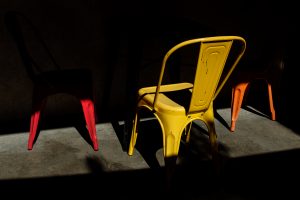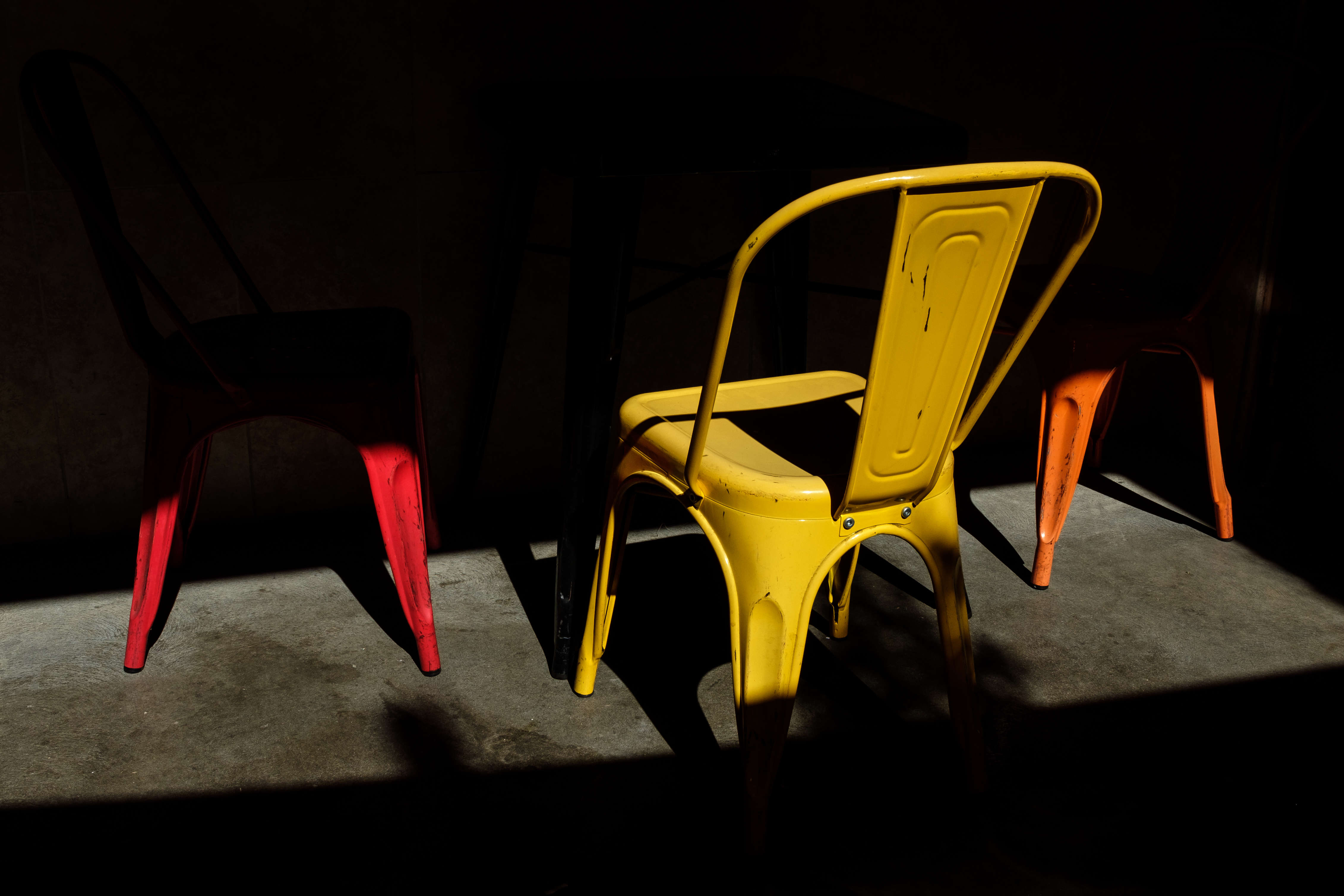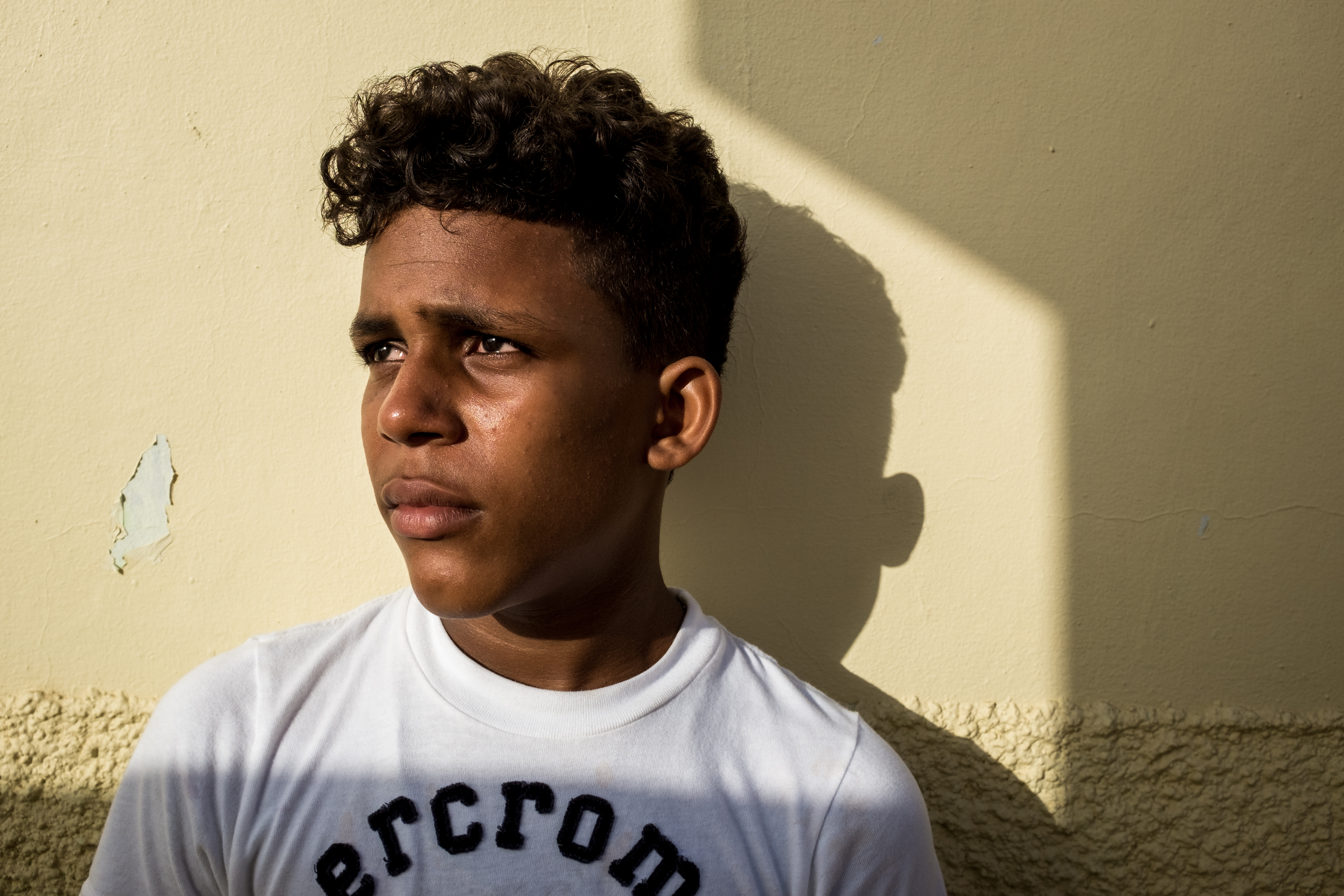Light as the Lure November 8, 2018 – Posted in: Photography – Tags: Ibarionex Perello, Light, Light in Photography, Making Photographs, Photography, street photography
The following is an excerpt from the book Making Photographs by Ibarionex Perello. Ibarionex will be joining us for a free webinar on the topic of light and shadow in photography on Wednesday, November 14th at 11am PST. To RSVP or find out more information about the webinar, click here.
One of the easiest and most important things to understand is that the human eye is frequently drawn to the brightest element in a scene. It is like a magnet that pulls the viewer’s eye to that specific area in the composition. The viewer instinctually assumes that this is the most important area of the image and is where they should begin navigating the frame.
This is something you want to use to your advantage whenever possible. It not only helps you to consider where and when to photograph your subject, but also reveals situations where a brightly lit element in the background could prove distracting. If you are making a portrait, you want the warm direct sunlight to fall on your subject and any distractions to be relegated to the shadows. You do not want your subject to be sitting in the shadows with the light hitting a white car in the distant background. Whenever you are photographing anything, consider the quantity and quality of the light you have to work with.
You could be faced with different qualities of light that range from harsh, high-contrast noonday sun to soft, diffused light from a cloudy day. You could be working with soft, directional window light or weak, warm tungsten bulbs. Whichever you are working with, it is important to evaluate the quality of the light and how it impacts how your subject will be rendered in your photograph.
If you have worked with your core settings, you will know that the quantity of light that you have to work with is directly related to your working ISO. You will then set your white balance to ensure the most accurate color. Once you have done these two things, most of the technical concerns have been resolved and it becomes more a matter of seeing the light and how it interacts with your subject and scene.
One of the best ways to assess the quality of the light is to ask yourself the question, “where is the light coming from?” You can often do this by paying attention to the shadows. If there are long, well-defined shadows to the left of your subject, you can tell that the hard light is coming from the right. If the shadows remain close to the subject and you see strong shadows beneath a person’s chin or the brim or their hat, you know that the light is coming from overhead. If the shadows are soft or barely discernible, you are working with diffused light, such as what you would find in open shade or on a cloudy day.
Harsh and direct lighting produces deep shadows that are sharply defined. This produces high-contrast images like the photograph that opens this chapter. If the scene is partly cloudy or overcast, the shadows are less pronounced, producing a much softer quality of illumination. Indoors, a large window provides a soft, directional light with shadows that gradually transition to gray or black. Halogen or fluorescent lights, which are often positioned directly overhead, provide any variety of contrast levels, but will produce diffuse shadows beneath a brow, nose, or chin.
By simply looking at the quality of the shadows, you can determine the quality of the light and decide how you want to use whatever level of contrast is available to you.

While tending to my father’s grave in the Dominican Republic, I noted the play of light and shadow on a crypt. I appreciated the pattern the shadow created on the dull yellow wall and asked a family friend to pose for me. I purposely positioned him in the highlight area and used his shadow as another graphic element in the composition.
Even though direct sunlight is not ideal for portraiture, I have often used it to great effect, as I did with this image. Remembering that the viewer is drawn the brightest element in the scene, I positioned my subject so that he faced the light and allowed what was behind him to fall into shadow. I used the high contrast produced by the direct sunlight to control where the viewer would look first, and to give the image impact and gravitas.
On an overcast day, you can produce an image in which you do not emphasize a specific element with light, but instead allow everything in the scene be considered. In this case, you can use other visual elements, such as line and shape or color contrast, to control the viewer’s experience.
If you begin to assess the quality of the light by evaluating contrast, you immediately begin a more sophisticated method of seeing. Rather than seeing a chair as something to sit on, you look at the way the direct sunlight illuminates it and brings out its texture and color. You notice way the shadows of its body and legs extend from the base of its feet and stretch across the ground and wall. You see the strong graphic qualities of the chair and its shadow and consider them for the graphic potential in your photograph. The chair is no longer just a chair.

This is exactly what I experienced when meeting a friend for coffee. We were looking for a place to sit when I saw a trio of colorful chairs illuminated by a shaft of sunlight. I responded to how the color popped and how the legs of each chair were sandwiched between areas of shadow. Despite the fact that I was there to catch up with a friend, my eye was still sensitive to the visual qualities of the chairs that we found ourselves sitting in moments later.
Whenever I make photographs, I always consider the quality of the light first and foremost. This happens even before I have determined what my very first subject of the day will be. By paying attention to light and shadow, I observe the world by how it interacts with and reacts to the light that is illuminating it. This helps me to take that important step away from literalness.
This is an excerpt from the book Making Photographs by Ibarionex Perello.


